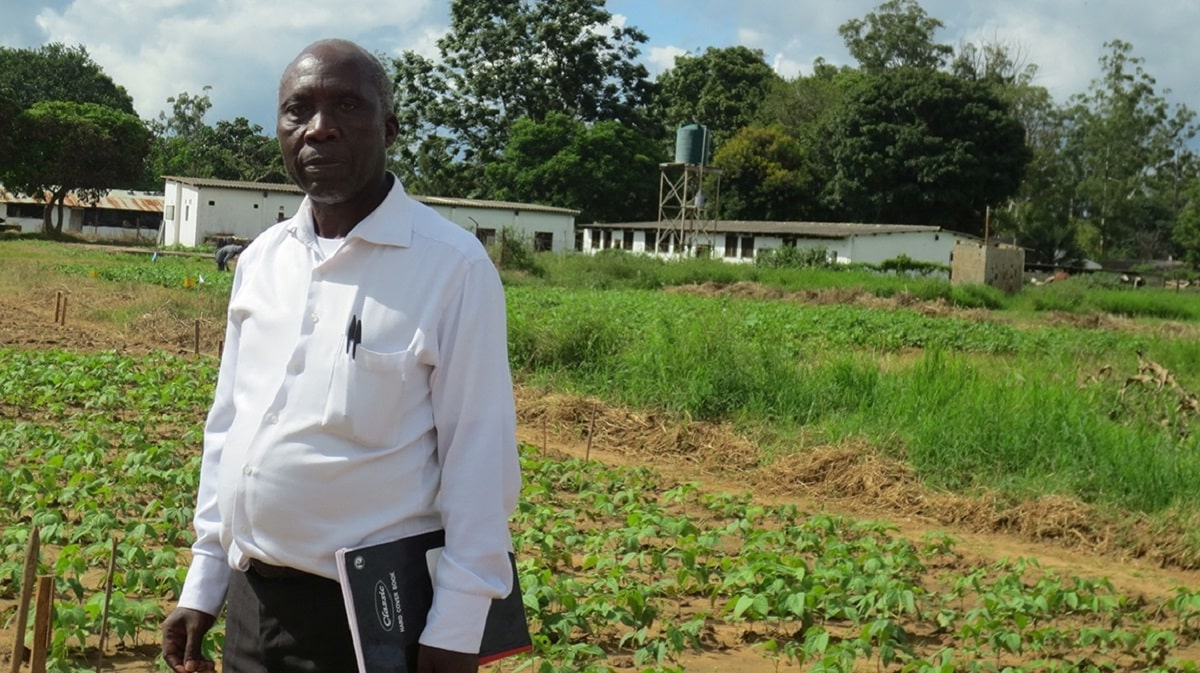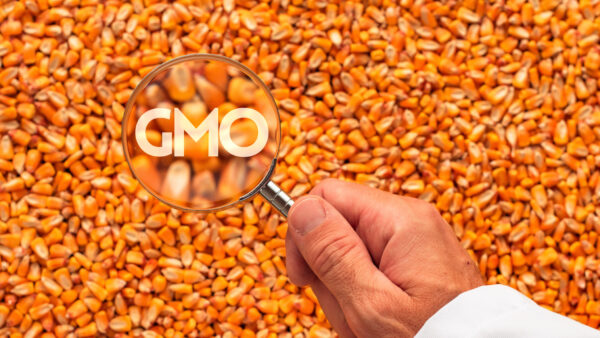Two new varieties of cowpea, a major source of protein in Zambia, are being released to offer significantly improved yields and quality to farmers and the community at large. The new varieties of cowpea, a grain legume that is predominantly cultivated in Africa, mature earlier, therefore require less water and can withstand drought better. They produce higher yield than local varieties under drought conditions and have also demonstrated better performance than local varieties under pressures of certain diseases and pests. Developed using nuclear technologies, seed of these varieties will be available to farmers later this year.
The IAEA, in partnership with the Food and Agriculture Organization of the United Nations (FAO), works to improve food security globally using nuclear science. Through this partnership, plant breeding programs are carried out with the use of nuclear technologies resulting in more crops with improved characteristics.
“Crop production in much of Africa, including in Zambia, is hindered by heat, drought, pests and diseases to the point where some farmers cannot grow enough food,” says Fatma Sarsu, a plant breeder and geneticist at the Joint FAO/IAEA Division of Nuclear Techniques in Food and Agriculture. “Increased drought in recent years and the effects of climate change are amplifying the challenges farmers already face. Developing improved crop varieties through plant breeding is one way to address this issue.”
The two cowpea varieties, Lunkhwakwa and Lukusuzi, developed using irradiation, which speeds up the natural process of producing genetic variation in plants, are being multiplied and the seeds will be distributed to 800 farmers in November of this year for planting.
“We are primarily targeting farmers in the dry areas of the country, who have had trouble growing enough food in recent years due to the extremely dry conditions,” says Kalaluka Munyinda, Lecturer at the Department of Plant Science at the University of Zambia. “The challenges they faced were a crucial aspect we needed to address with mutation breeding. But since these varieties are also more tolerant to diseases, we are planning to eventually grow them in high rainfall areas as well, where farmers are faced more with the issue of yield losses due to disease.”
To meet farmers’ demand for desired crop characteristics, scientists at the FAO/IAEA Agriculture and Biotechnology Laboratory in Seibersdorf, Austria, subjected the seeds of local varieties to gamma irradiation, inducing changes in the genetic makeup. Following this, the irradiated seeds were sent back to Zambia, where they were planted in test fields to observe their characteristics under local conditions. During the testing process, farmers were working alongside with the scientists in the selection of improved plants.
“We have been badly impacted by droughts over the past two years and crops have not been doing well here but now we have varieties that do well with little rain,” says a farmer from the Chirundu District. “Initially, we only had one variety of cowpea that was late maturing but now we have access to other new varieties that are early maturing. We want to build a community that is climate resilient by increasing the number of varieties that are grown in our community.”
The project is expected to lead to increased food security and also to higher income for farmers. “The new varieties are up to 10% higher yielding than the parent varieties in some locations, which means that farmers will not only be able to grow more food, but also their income will increase,” says Munyinda. “These varieties are also more tolerant to diseases such as Ascochyta blight, which severely inhibit yields in some areas. As a result, we are expecting to improve national food security both in terms of increased availability of food, and also of improved nutrition.”
Source: International Atomic Energy Agency











